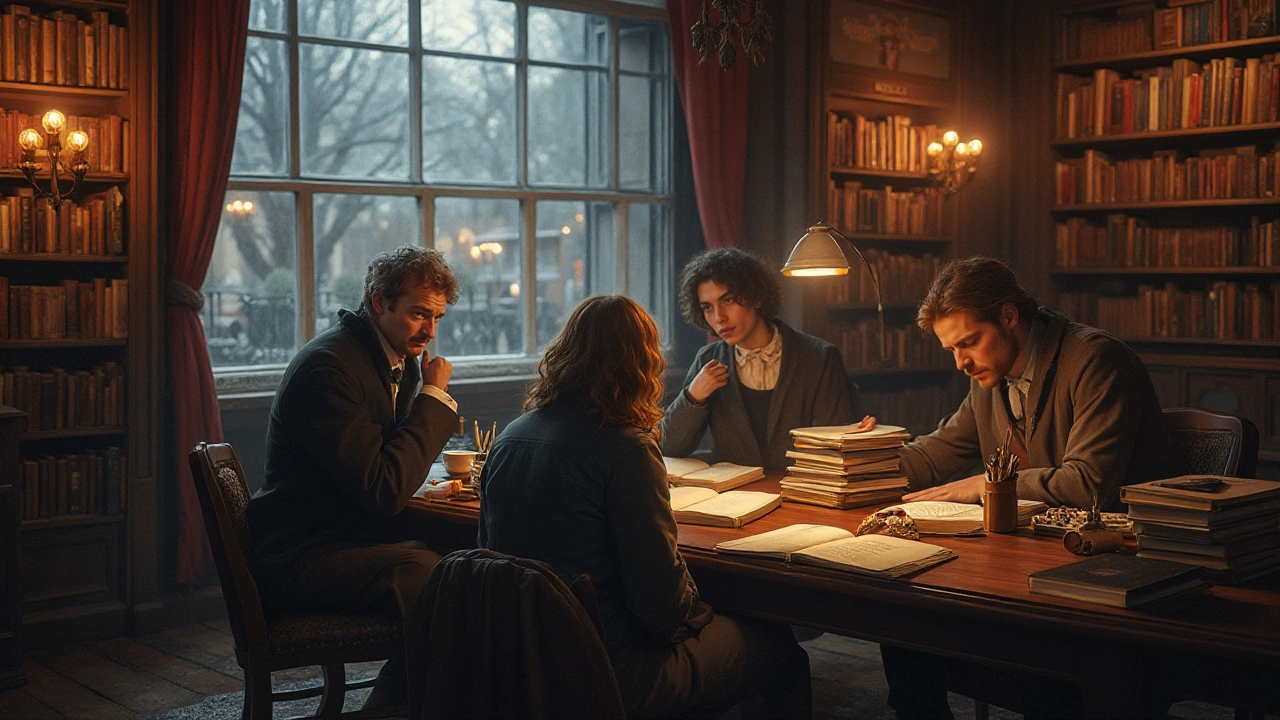Human Nature in Art and Architecture: Why People Shape Spaces
Why do some buildings feel friendly while others feel cold? It comes down to human nature—our senses, habits, and social needs steer design more than style trends. Look at ancient Roman baths or a simple Craftsman house and you see patterns that answer real human wants. This tag collects posts that explore how human behavior and emotion shape buildings, neighborhoods, and artworks.
Spot human nature in buildings
Watch for scale, light, and movement. Big columns and domes send a signal of power; cozy porches and low eaves invite social life. Articles here show examples: Roman engineering that solved hygiene and transport, Gothic spaces that raised emotion, and minimalist design that reduces clutter to match modern attention spans.
Use human-centered ideas in your space
Start with light and comfort. Natural light, seating arranged to encourage conversation, and clear paths help people relax and interact. Think about edges and ornament as cues: Greek Revival columns tell authority, while Craftsman details say 'home'.
Use history as a tool not a costume. Borrow what works from Roman vaults for durability or from Beaux-Arts for civic pride, but adapt scale, materials, and layout to current users. Functionalism offers a checklist: does the space support its social role, movement, and maintenance? Minimalist choices often free attention for interaction; revival styles reconnect groups to shared stories.
On this tag you’ll find clear, example-driven articles to help spot human nature in design and apply its lessons. Read the Roman, Gothic, and modern pieces to see how timeless human needs keep shaping our built world. Try one small change at home: rearrange seating to face each other and notice the difference in conversation. Questions? Use the search box or browse popular posts below to explore specific styles and ideas.
Look closely at Ancient Roman pieces on this tag: aqueducts and baths are practical but designed for ritual and community, not just utility. Gothic Revival buildings use vertical lines and light to lift attention upward, aimed at awe and collective feeling during shared ceremonies. Byzantine mosaics and domes combine visual richness with a sense of order that guided worship and social identity. Beaux-Arts civic centers mix grand stairways and ornament to signal trust and permanence for institutions like courts and libraries. Expressionist and postmodern buildings show that playfulness and surprise are also human drives; they invite curiosity and memory, not just function.
Use these cues when you design or renovate: pick a dominant human message—welcome, power, calm, or play—and align materials, light, and layout to that message. For example, choose warm wood tones and low lighting for intimacy; use high ceilings and cool stone for formality; add simple lines and hidden storage to embrace minimalism. Finally, test small changes: move furniture, change bulbs, or add greenery, then watch behavior for a week and note what shifts.
This tag groups practical history and design tips so you can learn from old solutions and apply them today. Browse Roman, Gothic, and modern posts to find the right idea. Start small. Try it.

Functionalism: Unlocking Human Behavior through Purpose and Function
Functionalism is a psychological and philosophical theory that examines how mental states are defined by their function rather than their internal composition. This article delves into functionalism's role in understanding human nature, highlighting its emphasis on the adaptive purpose behind thoughts and behaviors. By exploring how functionalism provides insights into the human experience, the article presents practical tips for applying its principles to real-world situations. Readers will gain a comprehensive understanding of how this theory remains relevant in both historical and contemporary contexts.
Read more